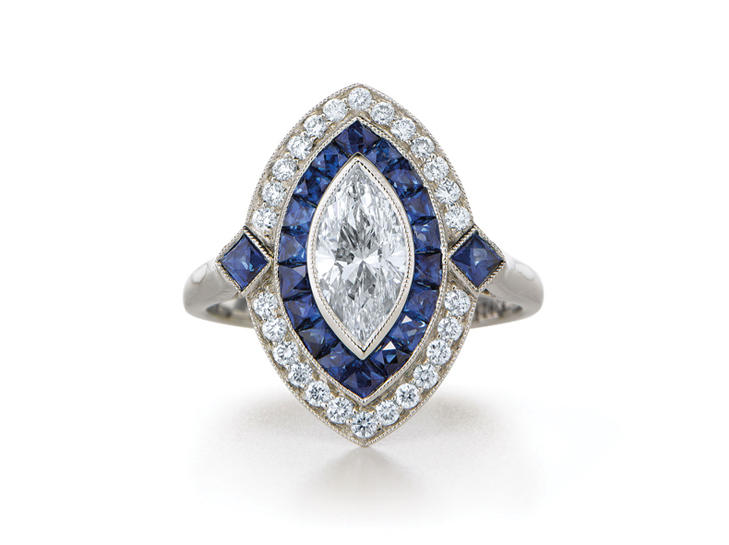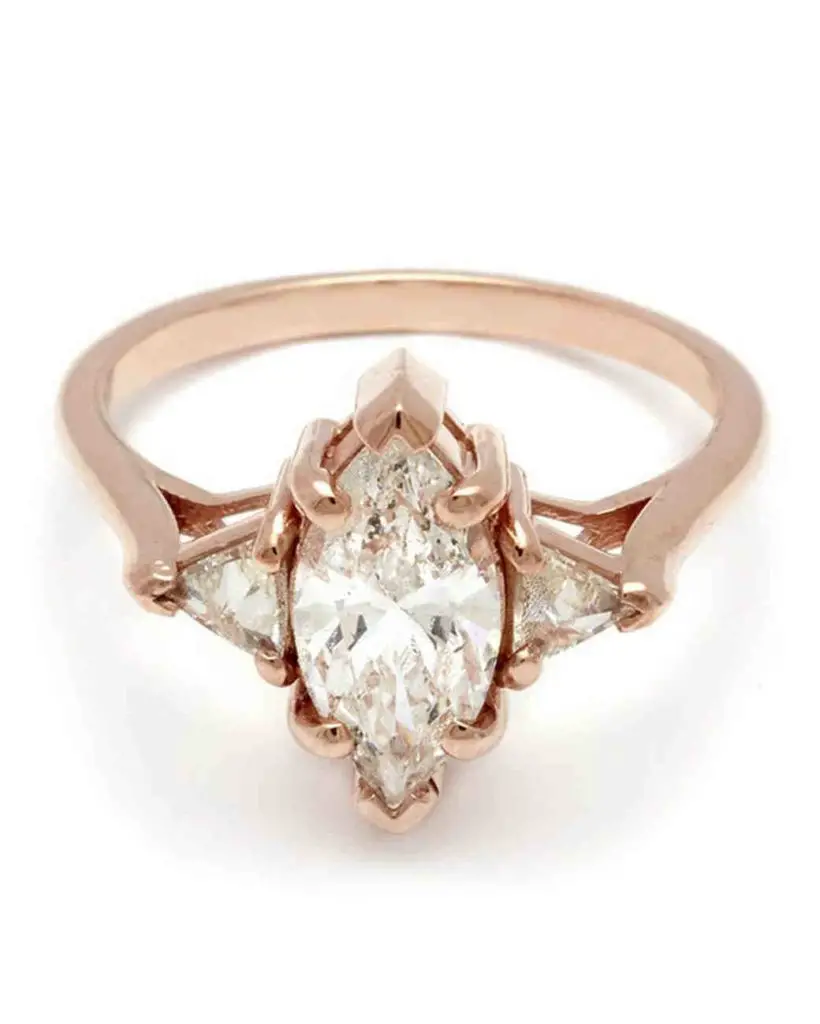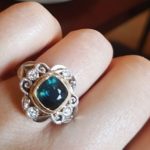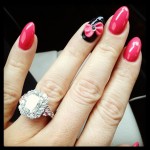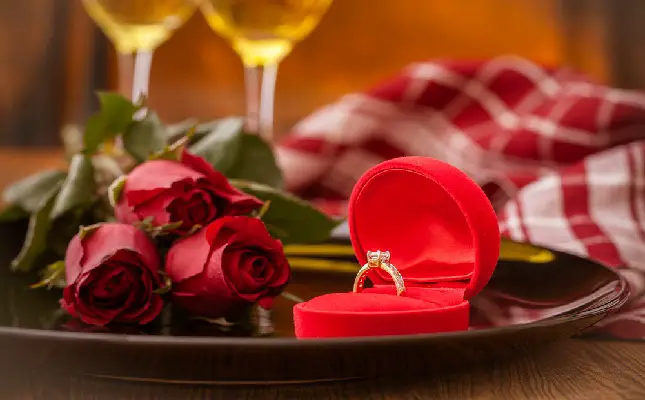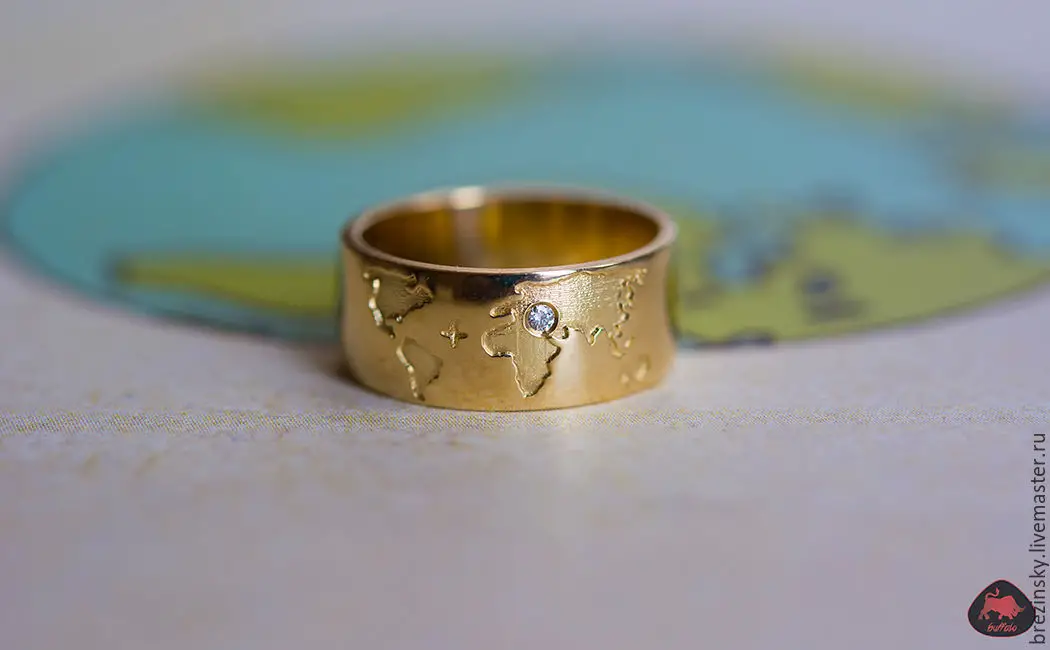Your diamond’s shape is one of the most important style elements of your engagement ring. It can say a lot about you; round diamonds tend to be the classic, traditional choice, princess cuts are a little more contemporary, and so on. But your gemstone’s shape can have an effect on many other aspects of your engagement ring too, like price, its ‘sparkle factor’, and overall design decisions. So we’ve decided to tell you everything you need to know about certain not so obvious diamond cuts. Starting with the ever so beautiful marquise cut diamond…
What is a Marquise Diamond?
To put it in layman’s terms, a marquise diamond is like an opal, but elongated and with pointed ends. Also known as a ‘navette’ cut, this shape resembles the hull of a ship and has a very long and interesting history (more on that shortly). It has between 56 and 58 facets and the optimum length to width ratio is 2:1, although there is a wide variety of proportions around. Although it tends to be shallow cut, marquise stones still show admirable fire and brilliance. Some marquise diamonds have French tips, which replaces the larger bezel at each pointed end with modified star and girdle facets. This increases the durability of the stone and makes it less likely to chip or become damaged.
The marquise cut originated in 1745, when King Louis XV of France commissioned a diamond that resembled the shape of his mistress’ mouth. The term ‘marquise’ is a hereditary rank in between a count and duke. Courtiers wore marquise diamonds to display their rank. It was a favourite among French royalty and the higher echelons of society for some time, before making its way into the mainstream in the 19th and 20th centuries. It regularly crops up in vintage pieces, although in recent years it’s making a comeback and many jewellers are making new marquise engagement rings.
Marquise Cut Pros and Cons
Because of their elongated oval shape, marquise cuts can sometimes fall victim to the dreaded ‘bow tie’ shadow across the centre. This is the sign of an imperfect cut and is to be avoided, especially when it appears especially wide or dark. A small, light bow tie however can sometimes add to the effect of a marquise.
This cut is, however, one of the most flattering around. The pointed ends elongate your fingers and make them appear slimmer, so this is a good choice for all finger types; short and fat or long and thin! Since the cut is also relatively shallow compared to other stones, this means a 1 carat marquise stone will look a lot bigger than a deep cut stone like, say, a traditional round brilliant. A good choice for brides on a budget who want a stone that wows.
With so many facets and such good fire and brilliance, the marquise cut is pretty good at masking imperfections and highlighting colour. This means you can let the cut take prominence of clarity and colour – which means you have two less things to worry about when engagement ring shopping. Always a help, right?
Marquise Engagement Ring Design Tips
The best and most secure setting for a marquise engagement ring is the six prong setting. With such strong connections to royalty, however, there’s no use in having a plain old solitaire. This fabulous cut deserves plenty of glitz and glamour! The oblong shape looks best with a thin and delicate band, but that doesn’t mean you can’t add a halo setting or some accent stones to make is worthy of a princess (or queen).
A recent trend we’ve seen among celebrities in particular is to set a marquise centre stone horizontally rather than vertically. Catherine Zeta Jones and Portia De Rossi are two such brides who’ve chosen this design, and we have to admit, it looks super sophisticated. It also makes your centre stone look much, much bigger, which is never a bad thing.
There’s nothing like an art deco setting, too. Marquise stones with their striking shape are a perfect choice for this outlandish era. Check out Ashlee Simpson’s stunning piece to see what we mean.
What Else Do You Need to Know?
- Cut is the most important thing to look for when selecting a marquise diamond. Look for perfect symmetry, sharp defined points, and ‘wings’ that aren’t too bulged or too flat. The length to width ratio is more of a personal choice.
- On a related note, keep in mind that many gemological laboratories don’t include cut grades on their certificates for marquise stones. So if you really want to find a perfectly cut marquise diamond, make sure you choose a jeweller with an excellent reputation.
- Girdle thickness is an important aspect for marquise diamonds; a thicker girdle means a more durable stone that won’t chip or become damaged. However, a girdle that’s too thick can effect the sparkle factor. Seek the advice of an expert if you’re not sure!
- It’s less common to find newly made marquise engagement rings. Vintage pieces featuring this stone are commonplace, however. It all depends on what you’re looking for!
